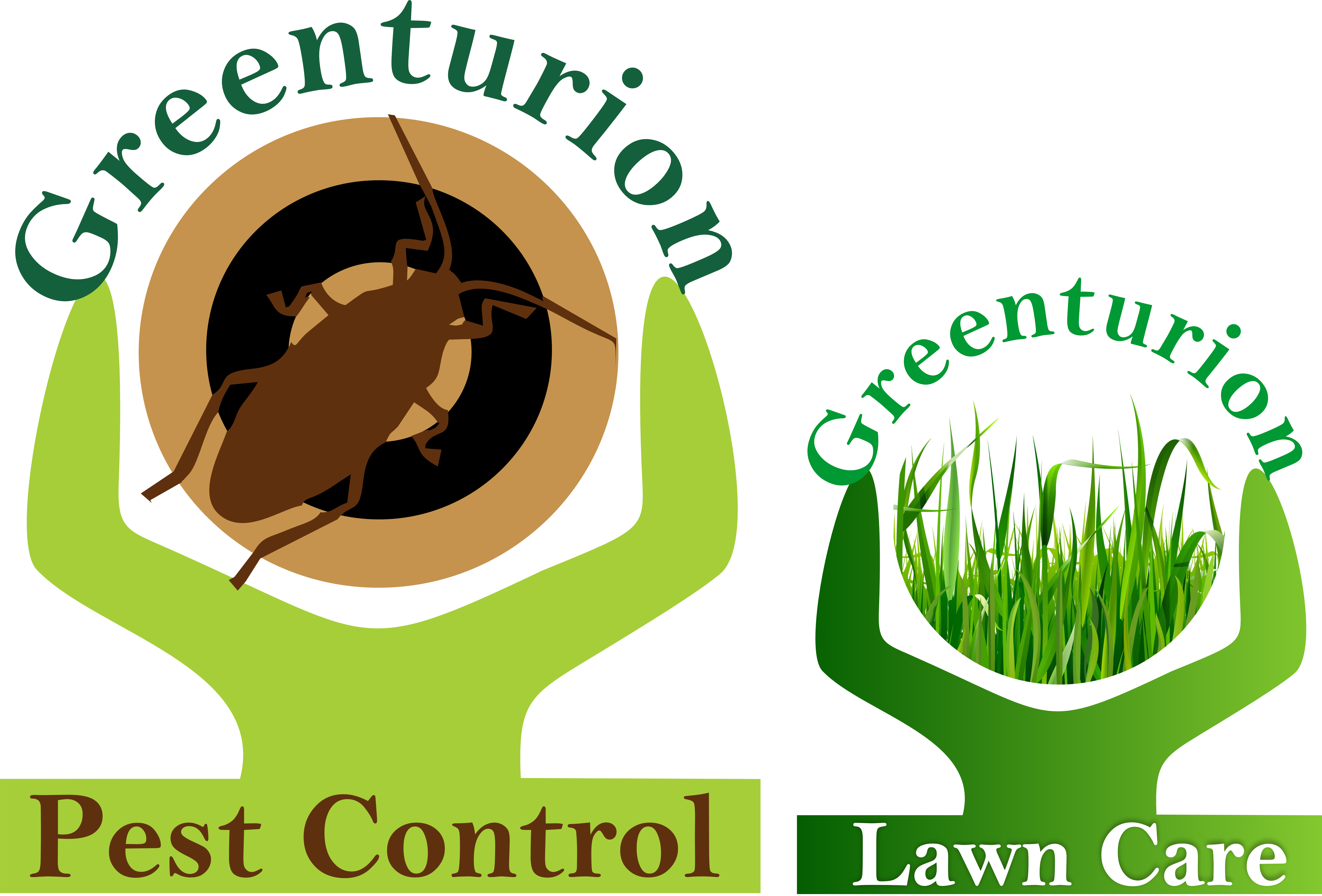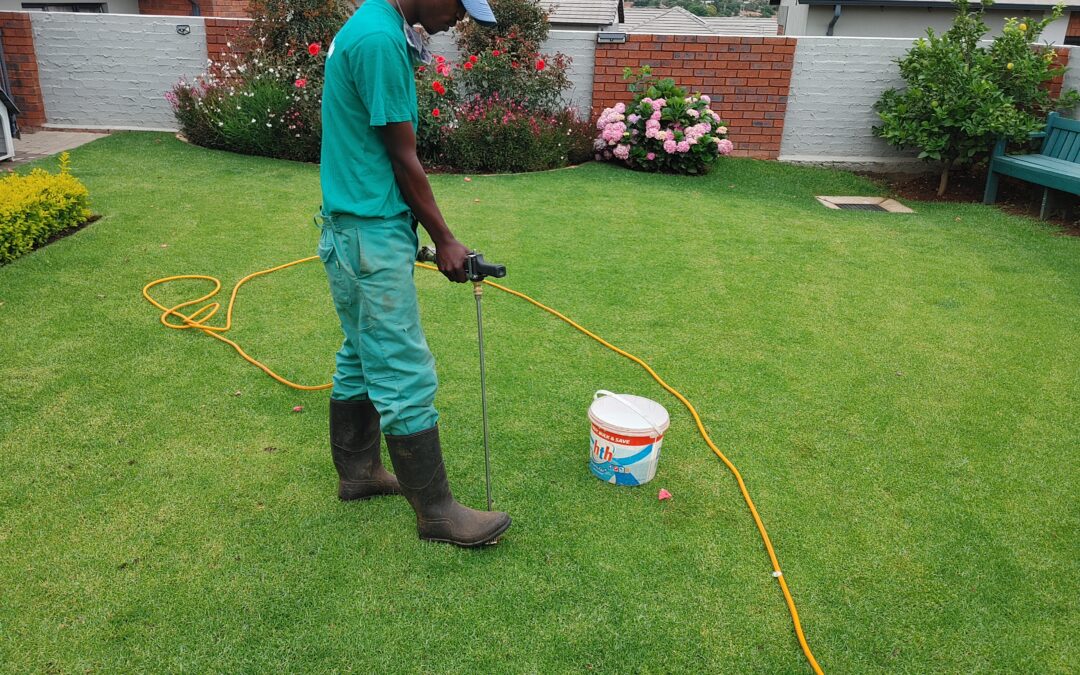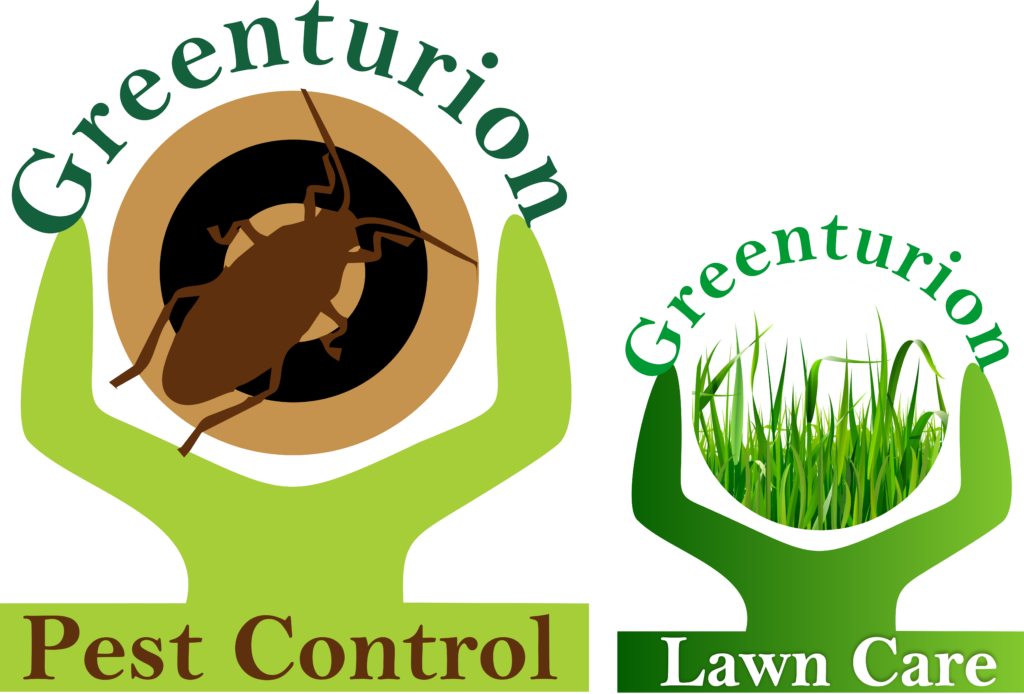Keeping your lawn lush and healthy requires attention every month of the year. Knowing what to do and when to do it is essential. They go dormant over winter, return to active growth in spring, and peak in hot summer weather.
With a helping hand from this monthly care guide, you can keep your warm-season lawn grasses at their best.
Keep in mind that seasonal changes within a region can occur over several weeks, and weather trends change every year. So, turn to your local conditions and your lawn for the final word, but let this month-by-month guide be a starting point.
January
Fertilize at 6 week cycle.
Feed warm-season grasses every six to eight weeks during their active summer growth period. Treat grasses to fast-acting and slow-release nutrition.
Februarie
Fertilize at 6 week cycle.
Raise mowing height to 25 to 35 mm above normal recommended heights. Taller blades shade soil, reduce water evaporation and fight competing weeds.
March
Fertilize at 6 week cycle.
Apply pre – emergent herbicide to keep winter weeds (P0A) at bay
Mow lawns only as needed to maintain taller seasonal heights.
Fertilize lawns to increase energy stores for winter. Plan a final feeding six to eight weeks before your area’s first expected frost. Later feedings can interfere with dormancy and hardiness.
April
Fertilize at 6 week cycle.
Reduce watering of warm-season grasses; needs decrease as rains increase, But never allow turfgrass to be stressed by lack of water, or it will affect spring green-up.
Treat established lawns with pre-emergent herbicides before cool-season winter weeds germinate, when night time air temperatures approach 19 Deg Celcius
May
Mow warm-season grasses until they stop growing. Make final cuts slightly lower than normal.
Test soil, if due, and make recommended corrections before winter.
June
Spot treat existing winter weeds (Poa) with targeted, post-emergent herbicides.
Remove or mulch fallen leaves to improve air flow and reduce disease risks.
July
Spot treat existing winter grass (Poa) and weeds with targeted, post-emergent herbicides.
First fertilizing then continue at 6 week cycle. Water as needed.
August
Fertilize lawn to have a jump start for springtime.
Keep mower blades sharp and lawn tools ready.
Neaten dormant lawns with midwinter edging and a trim.
Take annual soil samples in any trouble areas. Soil must be thawed and relatively dry. Test other lawn areas at three- to four-year intervals.
Apply pre emergent herbicide
Sept
Fertilize at 6 week cycle.
Mow lawns once grass starts growing.
Cut slightly lower than standard mowing guidelines for the first few times.
Aerate and dethatch (scarifying) lawns during active spring and early summer growth. This reduces compaction, improves drainage and reduces risks of lawn disease. (Contact Greenturion)
Fight winter weeds with post-emergent herbicides and spot treatments. Green, active weeds are easy to spot in brown, dormant, warm-season lawns.
Check lawns for debris, twigs and stones before spring arrives.
It’s time to treat established lawns with approved herbicides before summer weeds and crabgrass germinate. (contact Greenturion Lawn Care)
A soil thermometer, available at garden supply stores, lets you know when soil temps near 15 degrees Celcius – the temperature at which crabgrass (osgras) germinates.
Start treatment against mole crickets.
Greenturion have the ability to target ADULT Mole crickets
Oct
Fertilize at 6 week cycle
Mow lawns once grass starts growing. Cut slightly lower than standard mowing guidelines for the first few times. Collect clippings if you suspect disease.
Apply soil amendments, such as fast-acting lime, according to soil test recommendations. This restores balance to soil pH and improves soil structure.
Treat unwanted moss, which is most vulnerable during peak lawn growth in cool damp months.
Treat small, newly hatched lawn-destroying grubs and mole cricket nymphs while they’re close to the surface and damage is still limited.
November
Fertilize at 6 week cycle.
Plant new lawns and overseed thin warm-season lawns with premium grass seed. Warm-season grasses enter active growth as soil temperatures reach 15 – 18 degrees Celcius.
Mow at normal heights and leave clippings to decompose. This benefits soil structure and adds nutrients.
Repair lawn damage and its underlying cause.
December
Fertilize at 6 week cycle.
Water established lawns so they get the equivalent of 25 to 30mm of weekly moisture, including precipitation, as dormant grasses return to green.
Call us today on 083 284 4911 and let us help you.
#lawncare#PestControl#WeedControl#insectrepellent#antproblems#termiteproblems#molecricketproblems


